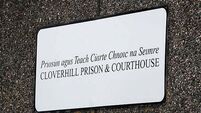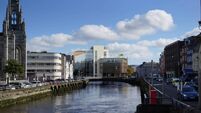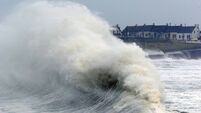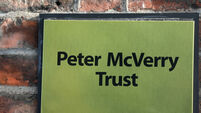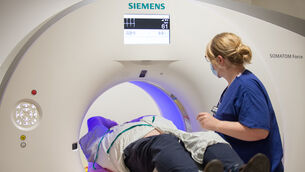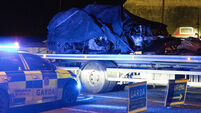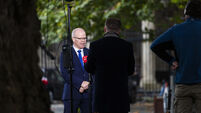Mother and baby homes: Report is a study in amnesia

There is much talk now of the moral compass, which is simply a novel description of whatever it is in our hearts and minds that enables us to distinguish right from wrong, and act accordingly. It is not, in any sense whatsoever, a criticism of the Commission of Investigation into mother and baby homes — whose fifth interim report was published yesterday — that it is no nearer finding out what was going on in the hearts and minds of the people who were responsible for the lives of children committed to their care at Tuam, Bessborough, and elsewhere than it was when the commission began its gruesome work in 2015.
Children’s Minister Katherine Zappone all but accepts this when she says that while the commission’s report is a “significant piece of work” on burial arrangements (such as they were) at these Christian institutions.




